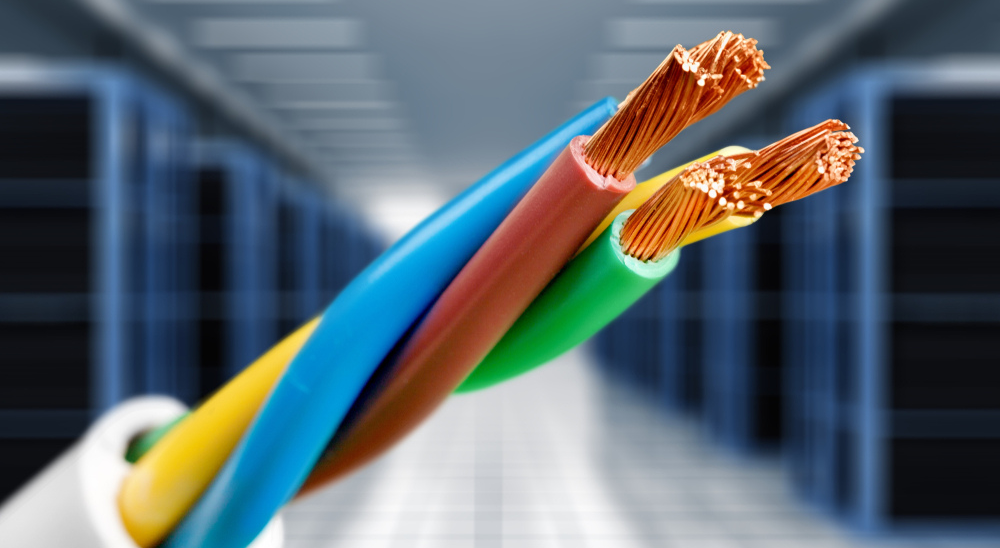What Are The Cat5e And Cat6 Cable Testers?
Posted : 28-February-2024
Introduction
In today’s digital age, where connectivity is paramount, ensuring the integrity and efficiency of your network cables is crucial. Cat5e and Cat6 cable testers play a vital role in this aspect. But what exactly are these testers, and why are they essential? This article dives deep into understanding Cat5e and Cat6 cable testers, their significance, differences, and how to select the right one for your networking setup.
Understanding Cat5e and Cat6 Cable Testers
Cat5e and Cat6 cable testers are specialized tools designed to verify the integrity and performance of Ethernet cables, particularly those conforming to Category 5e and Category 6 standards. These testers help in identifying faults, such as wiring errors, short circuits, and open circuits, ensuring that your network cables meet the required standards for optimal performance.
Importance of Cable Testers in Network Maintenance
Network downtime can be costly for businesses, resulting in lost productivity and revenue. By regularly testing and certifying network cables using Cat5e and Cat6 cable testers, organizations can proactively detect and resolve issues before they escalate, thereby minimizing downtime and ensuring uninterrupted connectivity.
Key Differences Between Cat5e and Cat6 Cable Testers
While both Cat5e and Cat6 cable testers serve the same fundamental purpose of testing Ethernet cables, there are notable differences between the two:
Compatibility: Cat5e cable testers are primarily designed for testing Category 5e Ethernet cables, whereas Cat6 cable testers are tailored for Category 6 cables. It’s essential to choose a tester that matches the cable standard you are working with to ensure accurate results.
Performance Metrics: Cat6 cable testers typically offer more advanced features and capabilities compared to Cat5e testers, allowing for higher frequency testing and greater accuracy in detecting faults. This makes them ideal for high-speed Ethernet applications.
Cost: Due to their enhanced functionality, Cat6 cable testers are often priced higher than Cat5e testers. However, the investment may be justified for organizations dealing with Cat6 infrastructure or planning future upgrades.
How to Choose the Right Cable Tester
Selecting the appropriate cable tester depends on various factors, including your network infrastructure, budget, and specific testing requirements. Here are some considerations to keep in mind:
1. Identify Your Cable Standard
Before purchasing a cable tester, determine whether your network primarily utilizes Cat5e plenum or Cat6 cables. This ensures compatibility and accurate testing results.
2. Assess Testing Needs
Consider your testing requirements’ scope, such as the number of cables you need to test, the desired testing speed, and additional features like length measurement and tone generation.
3. Budget Allocation
Evaluate your budget constraints and weigh the features offered by different cable testers against their cost. While investing in a high-quality tester is beneficial in the long run, it’s essential to find a balance between functionality and affordability.
4. Read Reviews and Recommendations
Research customer reviews and seek recommendations from IT professionals or industry experts to gain insights into the performance and reliability of various cable tester models.
5. Warranty and Support
Prioritize cable testers backed by warranty and comprehensive technical support to address any issues or concerns that may arise during and after the purchase.
Frequently Asked Questions
Can testers for Cat5e cables be used to test Cat6 cables?
While Cat5e testers can detect basic faults in Cat6 plenum cables, they may not provide accurate results for high-frequency testing, necessitating the use of dedicated Cat6 testers for optimal performance.
How often should I test my network cables?
We recommend conducting regular cable testing as part of routine network maintenance, varying the frequency based on factors such as cable age, environmental conditions, and network usage.
What is the maximum length of Ethernet cable that these testers can test?
Most cable testers can verify Ethernet cables up to 100 meters in length, which is the standard maximum length for Ethernet connections.
Can a cable tester identify the exact location of a fault in the cable?
While cable tester can pinpoint general areas of faults, such as opens, shorts, or miswires, they may not provide precise location details. Advanced testers may offer additional features for more detailed fault detection.
Are there any safety precautions to consider when using cable tester?
Always disconnect tested cables from live networks or power sources to prevent hazards. Follow manufacturer instructions for safe operation.
Can I use cable tester for non-Ethernet cables, such as coaxial or fiber optic cables?
Designers typically make cable tester for Ethernet cables, which may not be suitable for testing other cable types without compatible adapters or accessories.
Conclusion
In conclusion, Cat5e and Cat6 cable testers are indispensable tools for maintaining the integrity and reliability of network infrastructure. Investing in quality testers and regular testing protocols ensures optimal network performance, minimizes downtime, and safeguards against connectivity issues. Remember to choose a tester that aligns with your specific requirements and standards, and prioritize safety precautions during testing operations.
Latest Blog
-

When Should You Upgrade Your Internet Cable?
Read More -

What You Need to Know for Safe Networking
Read More -

Why Ethernet Cables Are Crucial for Commercial Areas
Read More -

Category Cables Plenum Safe and Efficient Networking
Read More -

How Cat6 Plenum Cable Enhances Your Gaming Experience
Read More -

Cat5e, Cat6, Cat6a and Cat7: Ethernet Cable Differences and Similarities
Read More -

Category Cable Services in USA
Read More -

Structured Cabling Standards For Commercial Buildings
Read More -

Evolution Of Ethernet Cables: Cat5e vs Cat6
Read More -

Select the Right Shielded Cable for your Network
Read More










